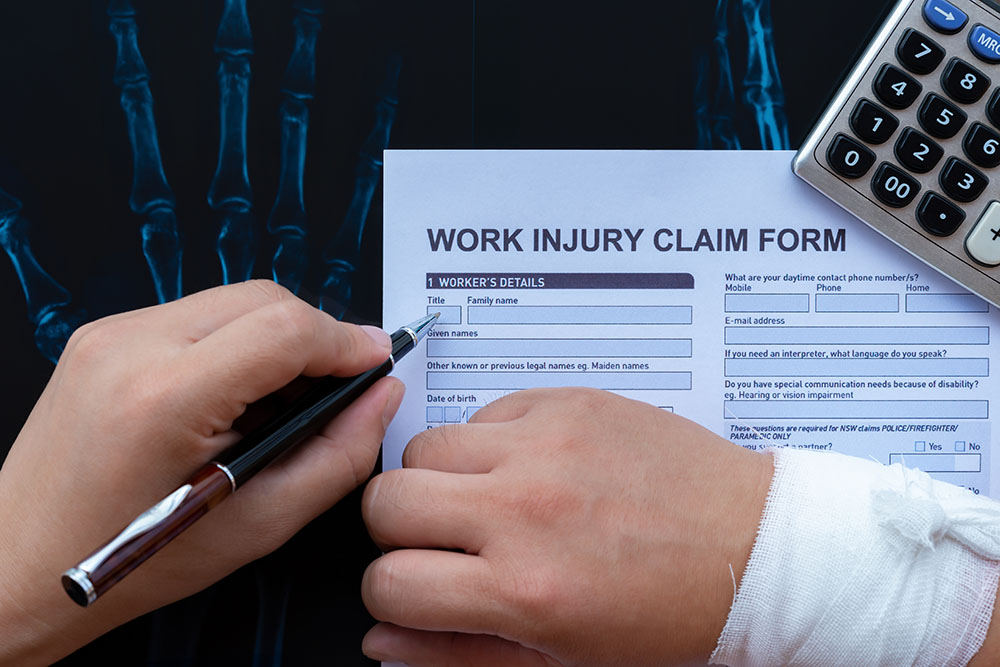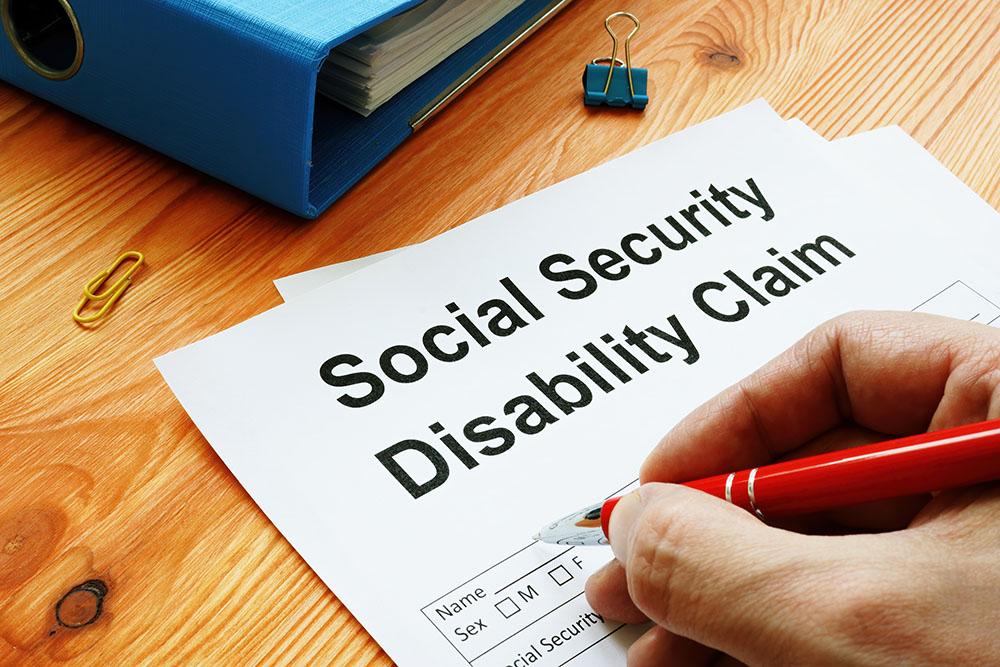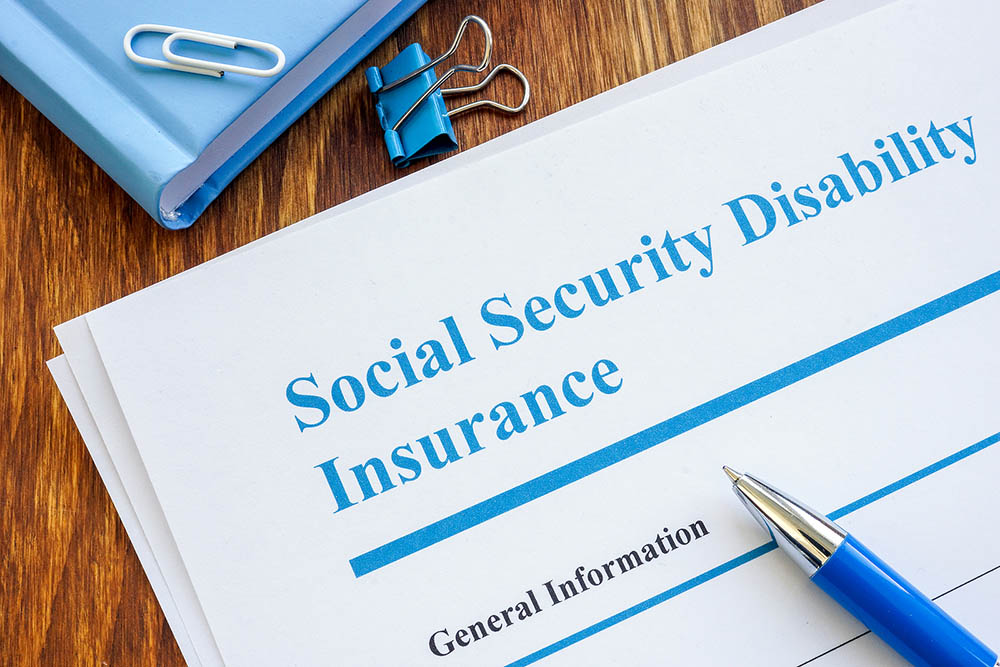Sexual abuse in institutional settings is a serious problem that affects many people. Schools, hospitals, and other institutions are meant to be safe places. But sometimes, those in power misuse their authority, causing harm to vulnerable individuals. This abuse can lead to long-lasting emotional, physical, and psychological damage.
Understanding the extent of the problem is the first step in seeking justice. Victims often stay silent due to fear, shame, or lack of knowledge about their rights. Yet, it is crucial for victims to come forward and seek help. Doing so not only brings them closer to justice but also helps to prevent future cases of abuse.
Navigating legal procedures can be overwhelming for survivors. Knowing your legal rights and protections can make the process a bit easier. Various laws are in place to protect victims and ensure perpetrators are held accountable. There are also many organizations dedicated to supporting victims through legal and emotional challenges. This article will help you understand the legal recourse available, the steps to take, and the resources that can offer assistance.
Understanding Sexual Abuse in Institutional Settings
Sexual abuse in institutional settings occurs in places like schools, hospitals, churches, and foster care systems. These environments should be safe havens but can turn into places of fear and trauma when abuse happens. Abusers often hold positions of power or trust, making it difficult for victims to speak out.
This type of abuse can manifest in several forms. It can include unwanted touching, verbal harassment, or even forced sexual acts. Victims might feel confused and isolated because the abuser may threaten them or manipulate them into silence. These tactics make it incredibly hard for victims to come forward.
Institutions sometimes fail to address these situations properly. They may ignore complaints or even cover up incidents to protect their reputation. This failure to act can allow the abuse to continue, affecting many victims. It is important for victims and their families to know that legal options are available to seek justice and hold these institutions accountable.
Identifying Legal Rights and Protections for Victims
Victims of sexual abuse in institutional settings have specific legal rights and protections. These laws aim to provide justice and compensation while ensuring the abuser is held accountable. It’s crucial to understand these rights to navigate the legal system effectively.
1. Mandatory Reporting Laws:
Many states have mandatory reporting laws requiring certain individuals, like teachers and doctors, to report suspected abuse. This helps bring cases to light, even when victims are too afraid to come forward on their own.
2. Statutes of Limitations:
These laws set the time limits for filing a lawsuit or criminal charges against an abuser. However, some states have extended these limits for sexual abuse cases, acknowledging that victims may need more time to come forward.
3. Civil Rights Protections:
Victims can file a civil lawsuit against the abuser and the institution for damages such as medical costs and emotional distress. This can provide financial relief and hold the institution responsible for its role in the abuse.
4. Title IX Protections:
In educational settings, Title IX offers additional protections against sexual harassment and abuse. Schools receiving federal funds must have procedures for handling complaints, ensuring victims have a pathway to seek justice.
Knowing these rights can empower victims to take action. When institutions fail in their duty to protect, the law offers various avenues for holding them accountable. Understanding these legal protections is the first step toward finding justice and healing.
Steps to Take When Seeking Legal Recourse
Taking legal action against sexual abuse in institutional settings can be challenging, but following the right steps can make the process more manageable. Here are some key steps to consider:
1. Report the Abuse:
Your first step should be to report the abuse to the appropriate authorities. This could be local law enforcement, child protective services, or a higher authority within the institution where the abuse occurred. Reporting the incident creates an official record and prompts an investigation.
2. Gather Evidence:
Collect as much evidence as possible to support your case. This can include medical records, witness statements, emails, and photographs. Keep a detailed journal documenting the abuse and any related events.
3. Consult with an Attorney:
Contact an attorney who specializes in sexual abuse cases. They can provide legal advice, guide you through the filing process, and represent you in court. An experienced lawyer can help you understand your rights and the strength of your case.
4. File a Civil Lawsuit:
In addition to criminal charges, you may be able to file a civil lawsuit against the abuser and the institution. This can help you receive compensation for medical expenses, therapy, and other related costs.
5. Seek Emotional Support:
Going through a legal battle can be emotionally draining. Don’t hesitate to seek counseling or join support groups to help you manage the emotional impact of the abuse and legal process.
Taking these steps can help you pursue legal recourse and hold those responsible accountable for their actions. It’s important to act swiftly and consult with professionals who can guide you through the process.
Key Organizations and Resources for Support
Several organizations offer valuable resources and support for victims of sexual abuse in institutional settings. These groups provide various services, from legal advice to emotional counseling, helping victims navigate their recovery and legal journey.
1. Rape, Abuse & Incest National Network (RAINN):
RAINN is the largest anti-sexual violence organization in the U.S. They offer a 24/7 hotline and online chat for immediate support. They can connect you with local resources and support groups.
2. National Sexual Violence Resource Center (NSVRC):
NSVRC provides educational materials and resources for victims of sexual violence. They also offer information on legal rights and how to report abuse.
3. Childhelp National Child Abuse Hotline:
For younger victims, Childhelp offers a 24/7 hotline to report abuse and find support services. They also provide information on legal steps and counseling options.
4. Survivors Network of those Abused by Priests (SNAP):
SNAP offers advocacy and support for those abused within religious institutions. They provide resources to help victims understand their legal rights and pursue action against abusers.
5. Local Legal Aid Services:
Many communities offer free or low-cost legal aid services for victims of abuse. These organizations can provide legal representation and advice to those who cannot afford private attorneys.
Utilizing these resources can provide much-needed support and guidance. They help ensure that victims receive the help they need to navigate their legal and emotional challenges.
Conclusion
Sexual abuse in institutional settings is a grave issue that requires immediate and serious action. Understanding the scope of the problem, knowing your legal rights, and taking appropriate steps to seek legal recourse can make a significant difference in your journey toward justice and healing. With the right support and resources, victims can stand strong against their abusers and ensure that institutions are held accountable for their failures.
If you or a loved one is a victim of sexual abuse in an institutional setting, Greg Jones Law, P.A. is here to help. Our team specializes in personal injury cases and is dedicated to helping clients find justice. Contact our sexual abuse lawyers today for a consultation and take the first step toward reclaiming your life and rights.




